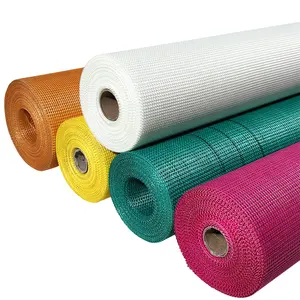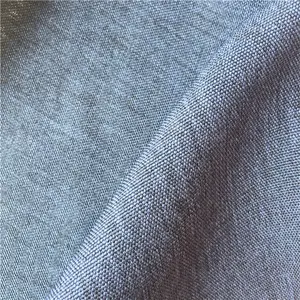<ص.
سعر القماش من Alibaba.com هي ألعاب جنسية لمن يفضل الجنس المنفرد. إنها تلبي الحاجة إلى النشوة الجنسية عند البالغين العازبين .. يمكن أن تكون
سعر القماش واحدة من ثلاثة أنواع: ذكر ، وأنثى ، وجنساني ..
سعر القماش متاحة عبر الإنترنت تناسب كل ذوق وميزانية. تصفح الكتالوج الضخم لهذه الألعاب الممتعة واملأ الفراغ المفقود في حياتك.
هناك عدة أنواع. تتضمن سعر القماش تلك المصنوعة من الفولاذ المقاوم للصدأ ، والسيليكون ، وكوارتز الورد ، وحتى تلك المصنوعة من كريستالات سواروفسكي. هناك. سعر القماش التي تهتز على إيقاع ونغمة أغنيتك المفضلة .. سعر القماش تأتي بتصميم مقاوم للماء وتم اختبارها بحيث تكون آمنة على الجسم. لن تخسر الكثير عندما تشتري واحدة من هذه من Alibaba.com ، وهناك أسعار وعلامات تجارية وأنواع تناسب الجميع.
عمليًا. تعتبر سعر القماش من أكثر الاختراعات ذكاءً في القرن الماضي. إنها تعزز المناعة وتخفف التوتر وتعتبر رائعة للسفر .. تأتي سعر القماش مع ميزات مثل الشحن السريع عبر USB والتصميم المقاوم للماء والسيليكون الآمن للجسم .. سعر القماش } سهلة التنظيف ، ومعبأة بشكل خفي ، ولها ميزات مثل الحلقات المضمنة المرنة المشدودة وكهوف المتعة السرية.
سعر القماش صفقة جيدة للغاية إذا كانت المتعة التي تسعى إليها. مقابل سعر بسيط ، يمكنك الحصول على هذه اللعبة الجنسية في منزلك ، لاستخدامها مرارًا وتكرارًا. قارن ذلك بالشوكولاتة أو قضاء ليلة في الخارج مع العصابة. تجربة هذا الاختراع الرائع في ابتكار مناسب لك لا تكلف الكثير. سواء كنت تبحث عن لعبة جنسية للرجال أو النساء ، فإن Alibaba.com لديه مجموعة كبيرة يمكنك طلبها حسب رغبتك. 






























 浙公网安备 33010002000092号
浙公网安备 33010002000092号 浙B2-20120091-4
浙B2-20120091-4